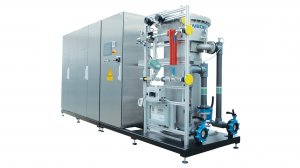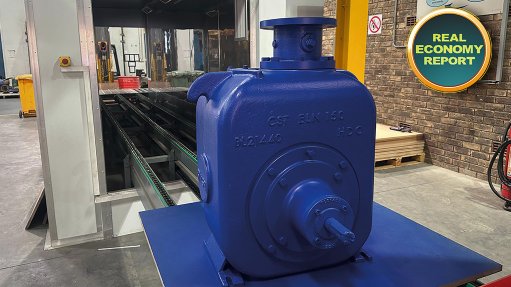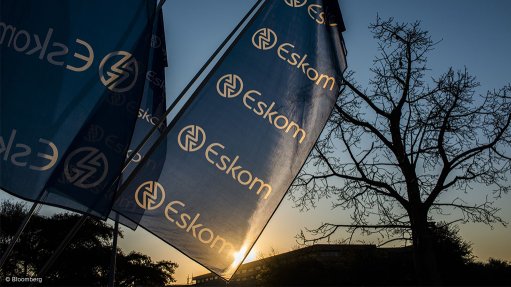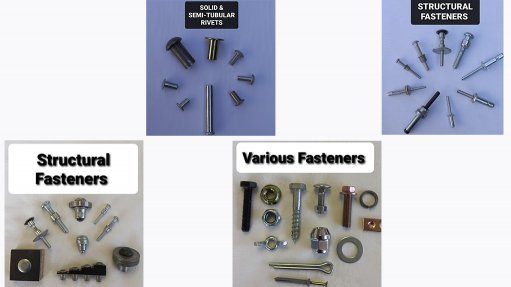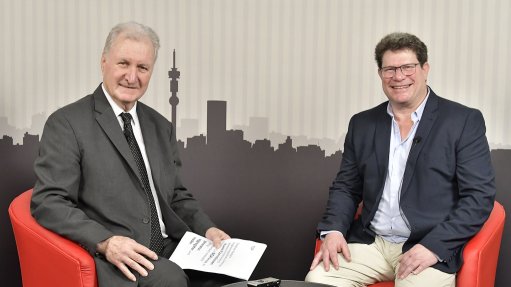Tech partnership brews beer from re-used water

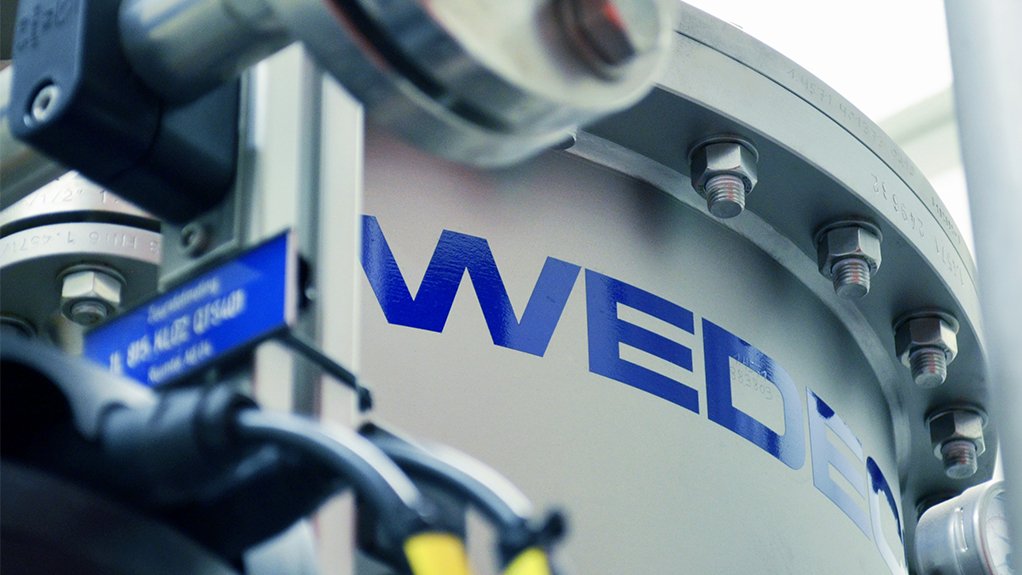
Xylem Water Solutions treatment project manager Brendan van Wyk discusses the use of ozone and ultraviolet technology in the cleaning processes in breweries and wineries. Camerawork: Kutlwano Matlala. Editing: Nicholas Boyd. Recorded: 21.10.20
CLEAN SWEEP Ozone treatments completely distroy all bacteria, viruses and cysts in the water
Local water technology company Xylem has partnered with Berlin water utility Berliner Wasserbetriebe and the Kompetenzzentrum Wasser Berlin (the Berlin Centre of Competence for Water) to produce Berlin Reuse Brew.
Berlin Reuse Brew is a beer made from purified and treated wastewater.
“The beer, which launched in July last year, will hopefully reach South Africa once the country lifts all Covid-19 lockdown regulations,” enthuses Xylem Water Solutions treatment project manager Brendan Van Wyk.
He tells Engineering News that using ozone and ultraviolet (UV) technology has grown exponentially over the past few years, owing to its being the “greener option” and offering better cleaning properties.
“Both ozone and UV have become quite prevalent in the cleaning processes of breweries and wineries, where bottle cleaning, cleaning in place and wastewater reuse are high,” he says.
Ozone is a powerful antioxidant, which mitigates the need for chlorine or chloride- based cleaning chemicals, which leave a residue and acidic wastewater after the cleaning process.
Ozone allows for a faster contact time – which is needed to expose the contaminant long enough to be effective – of about 3 000 times, compared with chemical-based cleaning options.
Importantly, ozone completely destroys all bacteria, viruses and cysts in the water.
UV solutions incorporate the use of UV rays, which penetrate harmful pathogens in water; however, the UV attacks the DNA or ribonucleic acid (RNA) of the organism, making it unable to metabolise or grow.
The DNA or RNA of dead bacteria remain in the water after cleaning, which can be consumed as sustenance by animals, such as fish, that might be found living in the cleaned water downstream. However, the water becomes incapable of carrying unwanted contaminants.
In a statement released at the launch of the beer in July, at the International Water Association (IWA) International Conference on Water Reclamation and Reuse in Berlin, Kompetenzzentrum Wasser Berlin member Ulf Miehe stated that the aim of creating Berlin Reuse Brew was to demonstrate that the technical possibilities of turning wastewater into drinking water were “almost limitless”.
Meanwhile, Van Wyk points out that Xylem Water Solutions’ range of Wedeco ozone systems can cater for any size operation, from smaller microbreweries to larger mass-produced drinks of manufacturers.
“Wedeco systems accommodate individual requirements in the most efficient manner, whether for eliminating micro-organisms in wastewater, disinfecting public drinking water or treating process water for industrial purposes.”
He adds that ozone and UV treatment solutions are not only aimed at the brewery and winery industry but also wastewater treatment plants, bottle-washing facilities, cooling towers and abattoirs, as well as fruit and vegetable farms for cleaning produce.
Article Enquiry
Email Article
Save Article
Feedback
To advertise email advertising@creamermedia.co.za or click here
Comments
Press Office
Announcements
What's On
Subscribe to improve your user experience...
Option 1 (equivalent of R125 a month):
Receive a weekly copy of Creamer Media's Engineering News & Mining Weekly magazine
(print copy for those in South Africa and e-magazine for those outside of South Africa)
Receive daily email newsletters
Access to full search results
Access archive of magazine back copies
Access to Projects in Progress
Access to ONE Research Report of your choice in PDF format
Option 2 (equivalent of R375 a month):
All benefits from Option 1
PLUS
Access to Creamer Media's Research Channel Africa for ALL Research Reports, in PDF format, on various industrial and mining sectors
including Electricity; Water; Energy Transition; Hydrogen; Roads, Rail and Ports; Coal; Gold; Platinum; Battery Metals; etc.
Already a subscriber?
Forgotten your password?
Receive weekly copy of Creamer Media's Engineering News & Mining Weekly magazine (print copy for those in South Africa and e-magazine for those outside of South Africa)
➕
Recieve daily email newsletters
➕
Access to full search results
➕
Access archive of magazine back copies
➕
Access to Projects in Progress
➕
Access to ONE Research Report of your choice in PDF format
RESEARCH CHANNEL AFRICA
R4500 (equivalent of R375 a month)
SUBSCRIBEAll benefits from Option 1
➕
Access to Creamer Media's Research Channel Africa for ALL Research Reports on various industrial and mining sectors, in PDF format, including on:
Electricity
➕
Water
➕
Energy Transition
➕
Hydrogen
➕
Roads, Rail and Ports
➕
Coal
➕
Gold
➕
Platinum
➕
Battery Metals
➕
etc.
Receive all benefits from Option 1 or Option 2 delivered to numerous people at your company
➕
Multiple User names and Passwords for simultaneous log-ins
➕
Intranet integration access to all in your organisation


